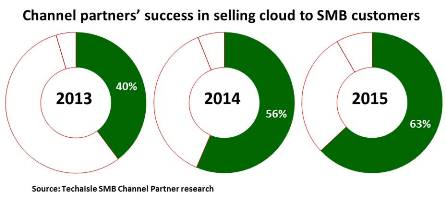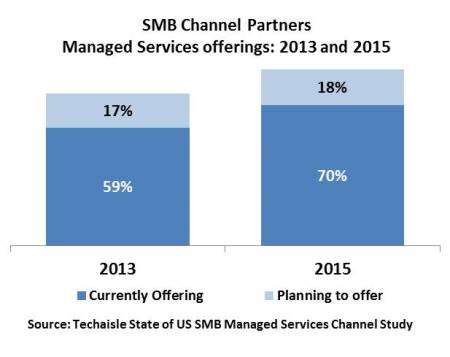This is a two-part blog article. The first part dealt with “SMB IT channel reaching an inflection point”. Second part, below is on “New wave of SMB channel conflict in building a cloud practice”.
Turning a supertanker
Building an effective cloud practice within a channel business is a complex undertaking. Using an old metaphor, it has been compared to “turning a supertanker.” This is an inapt comparison, and not just because the vast majority of channel businesses are far smaller than a large ocean vessel. The real problem with the comparison is that turning a supertanker refers to an exercise whose success rests on an anticipation of future change. Certainly, this is part of the problem for the channel – what is the best time to invest in ramping up cloud practice resources? – but the issue has a much greater scope.
A successful cloud business practice requires new management metrics, new financial models, new sales processes (and generally, compensation models), new vendor relationships, new marketing activities, new consulting capabilities and new technical support capabilities. To use a nautical analogy, creating a cloud practice within an existing channel business is like building a second boat within your ship, sailing it off in a different direction, and maintaining alignment between the two courses in order to maximize synergies and benefits and reduce expensive discontinuities.
Abundantly Complex
If this sounds difficult and complex, well…it is. However, there is abundant reason to believe that the exercise is necessary for future viability and success. Roughly 80% of channel firms either offer some type of cloud solution today or are planning to offer cloud solutions; of these, more than 60% expect cloud revenue increases in in next one year (Techaisle’s SMB Channel Partner Trends study). This is not a single-year issue, though: the business impact of cloud within the channel is expected to continue to increase over time. Techaisle expects that over the next several years, the position of the generalist channel firm – the “one stop shop for solutions” – will become untenable, squeezed by market forces requiring higher degrees of specialization. Some channel firms will specialize in cloud, while others will link cloud with one or two other specialties, such as mobility, virtualization and converged infrastructure, and/or managed services. But very few channel businesses will remain viable without having a credible cloud business practice.












